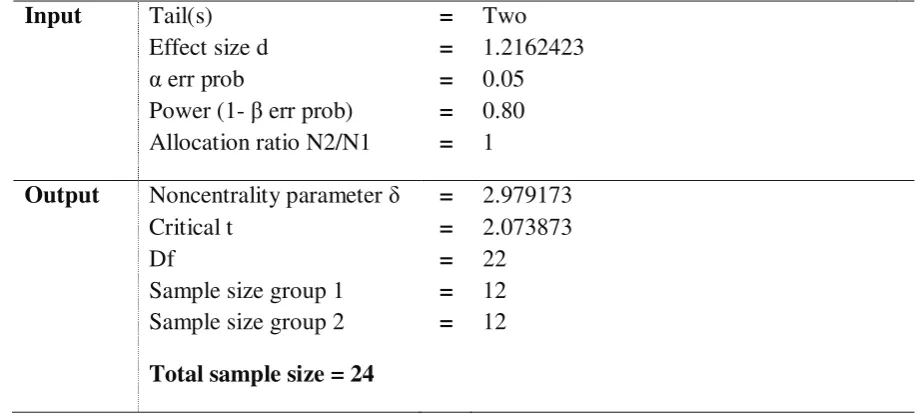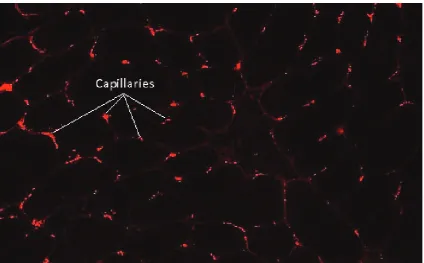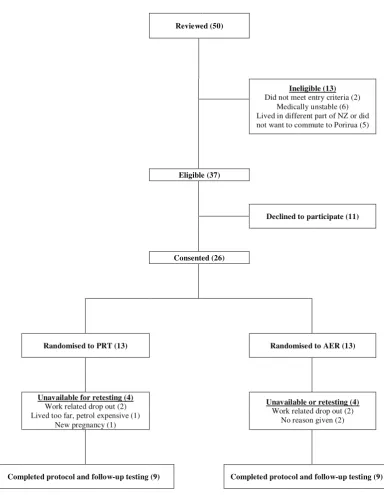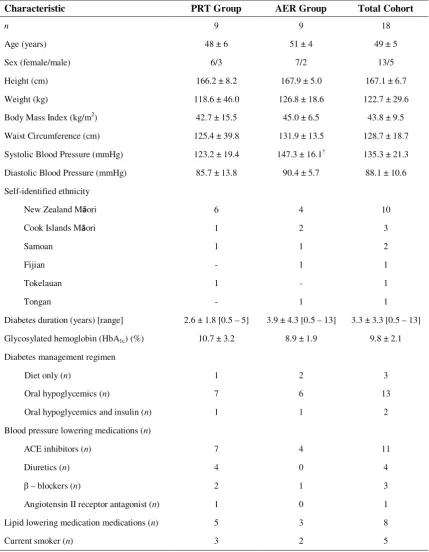The South Pacific Islands Resist Diabetes With Intense Training (SPIRIT) Study : impact of progressive resistance training and aerobic training on glycaemic control in Māori and Pacific Islands people with type 2 diabetes and grade III obesity : a thesis
Full text
Figure




Related documents
For example, it is unclear if children living in medically underserved areas and using community health centers are at increasing risk for overweight or if urban, suburban, or rural
In our review on the association between lifestyle factors in pregnancy and ADHD and asso- ciated disorders in the offspring, we found that pre- vious studies on maternal smoking may
The use of FMDI therapy with glargine among preschool-aged children with type 1 DM was associ- ated with improved overall glycemic control and decreased frequency of
Data from vaccine trials show a substantially reduced risk of invasive infection and a more modest decrease in otitis media from included (and perhaps cross-reac- tive) serotypes
Whereas younger age groups showed a pattern moving from constancy in short distances to severe underconstancy for large distances (with relative errors reaching 60 to 80%),
is roundly rejected not only by proponents of the practice turn (see, e.g., Hacking 1983, 15) but also by philosophers who attempted to salvage the general spirit of
In such case ,smart- phones (peers) that are within reach of each other can form a mobile ad-hoc network using Wi-Fi(IEEE 802.11), and find efficient way to discover and
where shared across effectors (despite vast differences in the movement kinematics required to control actions with the hand and tool and independent from low-level visual


![Figure 3.9: SF-36 physical and mental component summary scales. Adapted from Ware and Gandek (1998) [21]](https://thumb-us.123doks.com/thumbv2/123dok_us/8541638.359496/95.595.130.532.400.598/figure-physical-mental-component-summary-scales-adapted-gandek.webp)


